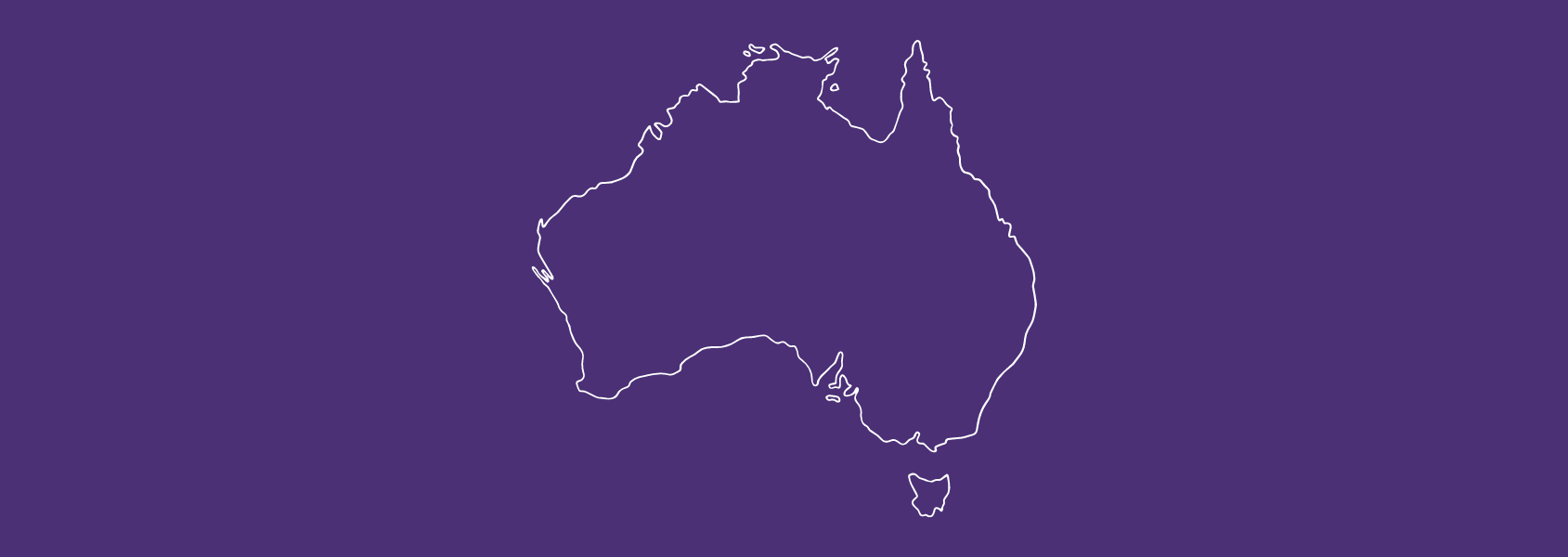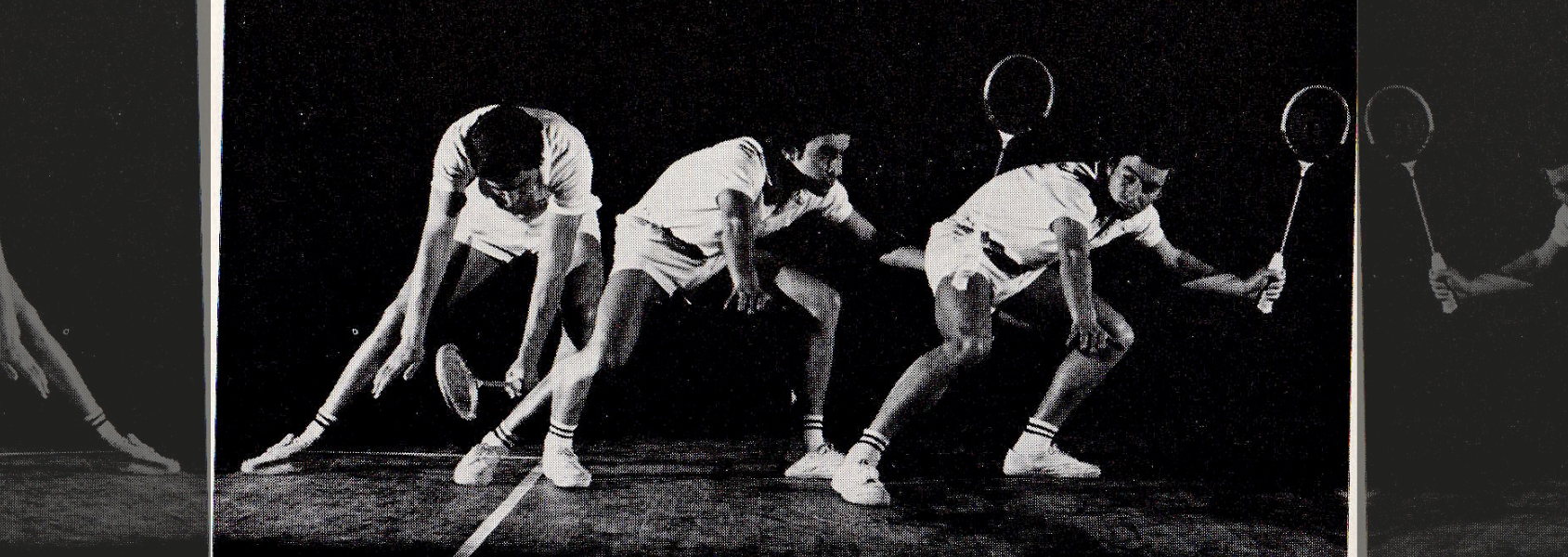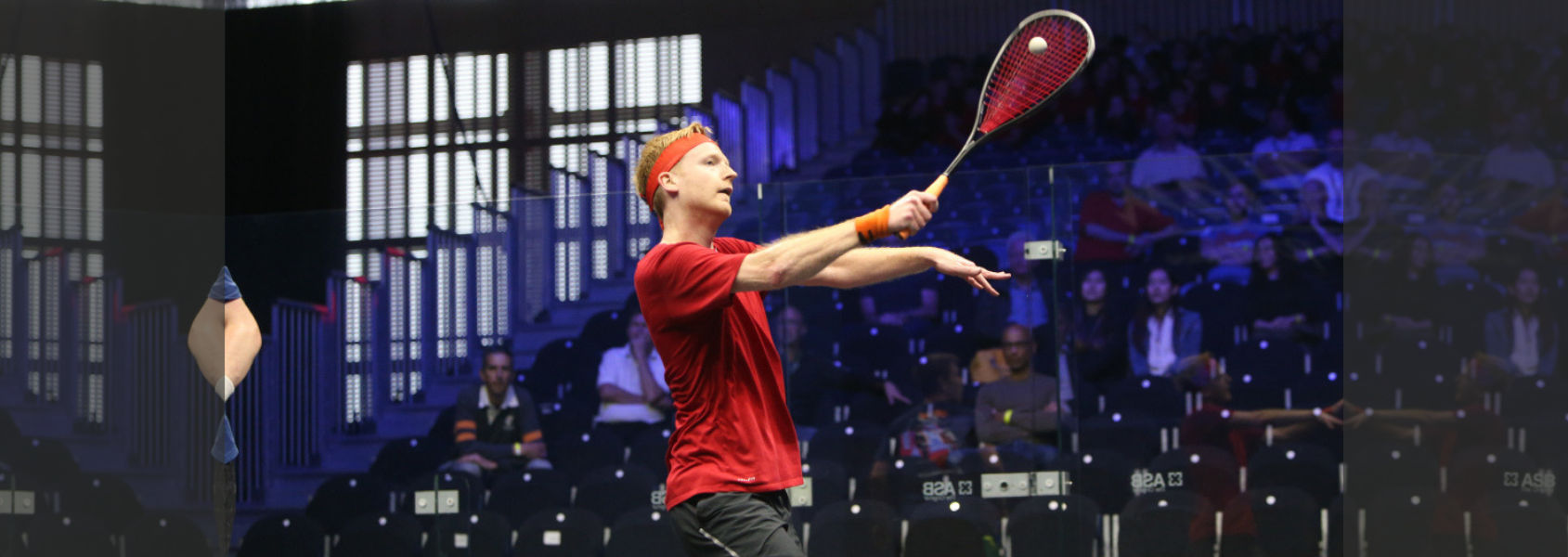SquashLevels Officially Launched In Australia
The world’s most advanced squash rating system, SquashLevels, has teamed up with Squash Australia (SQA) to bring the national squash-playing community together.
SquashLevels and Squash Australia announce landmark initiative
SquashLevels has teamed up with Squash Australia (SQA) to launch an exciting new partnership that aims to bring the squash-playing community together.
The importance of testing in squash
SquashSkills has teamed up with SquashLevels to devise a brand new testing system that links your test results to your playing level.
Power Ratings – New from the PSA and SquashLevels
This week has seen an exciting announcement from two of our partners that looks to add a new dimension to the professional game.
On October 5th PSA and SquashLevels revealed the launch of the ‘Power Ratings’ which will provide an accurate, up-to-date indication of a pro player’s current form.
Ghosting at Home: 3 Top Tips To Help Get You Started
Training in the current climate of quarantine and lockdown is extremely difficult. Various bodyweight focused exercises can still be utilised, and restricted space can be adapted to some degree, but getting in any truly squash-specific work is a challenge for many. With a bit of creativity and forethought however, it’s still possible to tailor even very limited training space into an area suitable to provide a taste of the ghosting exercise you’ve no doubt been missing!
Origins Part 2 – The Barringtons give their views on court sprints
Check out this clip from the Origins series that sees Joey and Jonah discuss the merits of court sprints and how you can effectively balance solo practice and physical exercise.
This 30-minute interview has been very well received and offers some light relief during these particularly difficult times.
We hope you enjoy…
Common amateur fault – Reactive movement
In this next instalment Common Amateur Faults, I will be looking at the concept of reactive movement in the game.
3 Strategies For Boosting Pre-Match Energy Levels
It’s a familiar feeling, and pretty much every squash player has been there at some point or another – turning up at the club for a scheduled match or training session with a brain tired and fatigued from a long day at work, legs feeling like they’re made out of lead, and a general desire to be anywhere else in the world rather than about to step on court for a game of squash!
Origins of ghosting with Jonah Barrington – Movement
Squash movement is unlike any other sporting movement and it’s important that you devote time to practising these unique footwork patterns prior to your matchplay.
Year in review: Your 2019 squash performance analysis – Part 2
As 2019 winds down and thoughts turn to Christmas and New Year celebrations for most, it’s a good opportunity to take a step back and turn a critical eye to your squash performance over the past year. In this two-part article we’re going to take a look at how you can go through and evaluate all the key areas of your game, and then consider how you can start building a plan to tackle your weaknesses head-on in 2020!
Year in review: Your 2019 squash performance analysis – Part 1
As 2019 winds down and thoughts turn to Christmas and New Year celebrations for most, it’s a good opportunity to take a step back and turn a critical eye to your squash performance over the past year. In this two-part article we’re going to take a look at how you can go through and evaluate all the key areas of your game, and then consider how you can start building a plan to tackle your weaknesses head-on in 2020!
10 New Years resolutions to help improve your health and performance
New year, new you! This is the time of year when mood is good and motivation high, with many players setting themselves commitments and targets for the coming 12 months.
3 Training Tips for the Larger Player
While elite-level squash sees players carry a variety of frames and sizes, according to the PSA’s bio info most male professional players are typically around 5’11/6’0 tall, and between around 70kg and 80kg (and shorter and lighter for females). At an amateur level however, there tends to be a far greater breadth of shapes and body types.
So if you identify as a larger player, or if you’re currently carrying excess weight beyond your usual norms, what should you be aware of as regards adjustments to your training?
3 Simple Things You Can Do Daily To Boost Your Squash Performance
There are many things you can do to improve your squash performance, from training hard in the gym to getting on court with a good coach, to playing matches against players of a range of different styles and standards (plus logging in regularly to SquashSkills of course!).
11 Points on Fitness Q&A: Tom Richards
We have a brand new edition of our popular ’11 Points on Fitness’ Q&A, this time featuring English international and world number 24, Tom Richards.
Tom had a very good start to the 2019/20 season in the China Open, overcoming Egyptian world junior champion Mostafa Asal with an excellent 3/0 victory, before falling to a very narrow 3/2 loss against world no. 1 Ali Farag in the quarter-finals.
5 top tips to help you get the most out of your squash training sessions
Whatever level you play at, your training time is valuable. Whether you’re a purely recreational player juggling a busy work and family calendar trying to fit in a few extra sessions a week to improve, or you’re an elite-level professional looking to cover the entire spectrum of solo practice, drill sessions, match play, and physical training, time is rarely something that we have in abundance.
To help you maximise your precious training time and get the very most out of your available session slots, check out our SquashSkills top 5 tips.
11 Points on Fitness Q&A: Mazen Hesham
We have a brand new edition of our popular ’11 Points on Fitness’ Q&A, this time featuring Egyptian star Mazen Hesham.
Mazen has been on a long road back from injury after first bursting onto the scene several years ago, but a big win over Diego Elias at this week’s British Open is a sign that he’s almost back to his best.



















